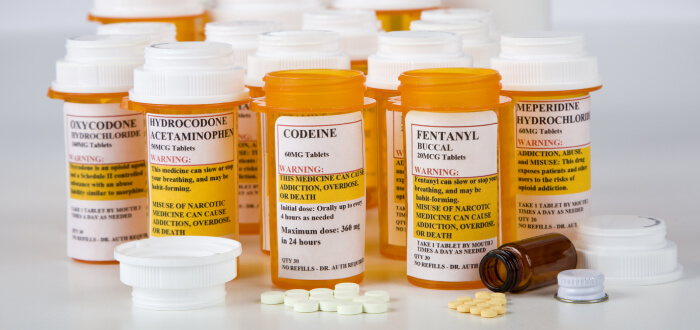When a loved one passes away, the number of things to worry about seems endless. But one thing that many people fail to consider is what to do with any prescription drugs (or other controlled substances) that your loved one had. Since there are specific laws for how you must dispose of these substances, it’s important you abide by them. First, you must know what these laws are.
The Controlled Substances Act
There are five categories, referred to as schedules, of controlled substances. These were established under the Controlled Substances Act (CSA), which was passed back in 1970. The schedule assigned to each substance is determined based on the current accepted medical use and its potential to be abused. For instance, Schedule I drugs have no accepted medical use at present and pose a high risk of being abused. Heroin, for example, is considered a Schedule I drug, while Robitussin is considered Schedule V.
Secure and Responsible Drug Disposal Act of 2010
The Secure and Responsible Drug Disposal Act was passed in 2010 with the intention of addressing the misuse of prescription drugs, especially by teenagers. This Act broadened how those who legally possessed controlled substances were allowed to deliver unwanted or unused substances to the right people and agencies for the purpose of disposing of them safely. This expansion included collection receptacles, “take-back” events, and mail-back opportunities.
The Act also allows for those who are legally entitled to dispose of a deceased individual’s property to dispose of any controlled substances that were legally in their possession at the time of their passing. But again, how must you do so?
How to Dispose of Controlled Substances
If your loved one was in a nursing home or assisted living facility at the time of their passing, the facility may dispose of any leftover medications for you. However, sometimes the responsibility remains with you. If there are no disposal directions on the package insert for the medication, and there have been no instructions from a doctor or other healthcare provider, there are three steps to take:
Step 1: Look at Take-Back Programs
You will want to check out if there are any drug take-back programs near you. The Drug Enforcement Agency (DEA) may be able to let you know about local pharmacies and police stations that offer this service. Just be sure to remove personal information prior to handing in the medication.
Step 2: See if You’re Allowed to Flush It
If there is no program near you for taking back the medication, you may be able to simply flush it. The FDA has a list of medications that you are allowed to flush down the toilet. The medications on this list are there because throwing them in the trash would pose a risk due to their dangerous or addictive/abused nature.
Step 3: If Not on the List You Can Trash It
If there are no local bring-back sites and the medication in question is not on the FDA’s flush list, you can place it in the trash. However, you must first take the following steps:
- Remove all personal information from any packaging;
- Mix the medicine (whether pills or liquid) with a substance that people find disgusting, such as cat litter; and
- Place the mixture in a Ziplock bag or another sealable container so that it doesn’t leak.
Biddle Law Can Help
If you have lost a loved one and are struggling with how to handle a part or all of their estate, a knowledgeable and experienced California estate planning attorney who knows the current laws and has experience dealing with such situations can help.
At Biddle Law, we are here to answer all of your questions and walk you through the process. We care about you and your loved ones and want to help in any way we can. To learn more or to schedule a consultation, contact us today!
